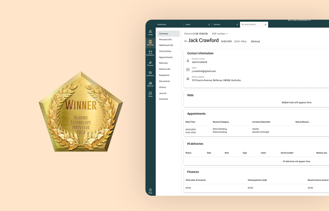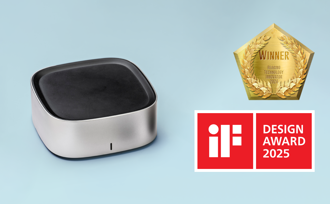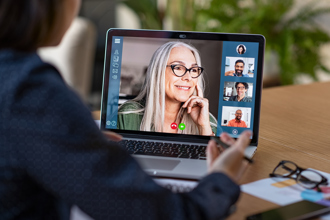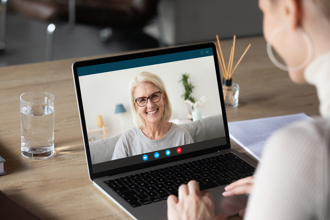
The Rise of Mobile Hearing Testing
In an era where technology is rapidly advancing and healthcare is becoming increasingly accessible, one notable innovation stands out: mobile hearing testing. With the prevalence of hearing loss on the rise globally, the introduction of mobile hearing testing represents a significant step forward in addressing this pervasive health concern. This approach offers a convenient, cost-effective, and efficient means of assessing hearing health, ultimately leading to early detection and intervention.
Traditionally, individuals seeking hearing tests had to schedule appointments at specialized clinics or hospitals, often facing long waiting times and logistical challenges. However, mobile hearing testing has revolutionized this process by bringing the assessment directly to the individual's doorstep. Whether through dedicated mobile audiometers or innovative smartphone applications, this approach eliminates barriers to access, making hearing screenings more convenient and widely available.
The Advantages of a Mobile Hearing Test

One of the key advantages of mobile hearing testing is its ability to reach populations that may have previously been underserved or unable to access traditional healthcare services. This includes individuals living in remote or rural areas, older adults with mobility limitations, and individuals with busy schedules who may struggle to prioritize regular health check-ups. By bringing hearing tests to these communities, mobile testing helps bridge the gap in healthcare disparities, ensuring that everyone can monitor and safeguard their hearing health. Moreover, mobile hearing testing offers a level of flexibility and convenience that is unmatched by traditional clinic-based screenings.
Another significant benefit of mobile hearing testing is its potential to facilitate early detection of hearing loss. Research indicates that early intervention is crucial in managing hearing loss effectively and mitigating its impact on overall quality of life. By enabling individuals to undergo regular screenings and identify potential hearing issues at an earlier stage, mobile testing empowers them to seek appropriate interventions sooner, such as hearing aids or assistive listening devices. This proactive approach not only improves treatment outcomes but also reduces the risk of complications associated with untreated hearing loss, such as social isolation, depression, and cognitive decline. Recent research even suggests that treating older individuals at risk of cognitive decline with hearing aids can help mitigate cognitive changes.
Mobile Audiometric Testing Equipment and Practices
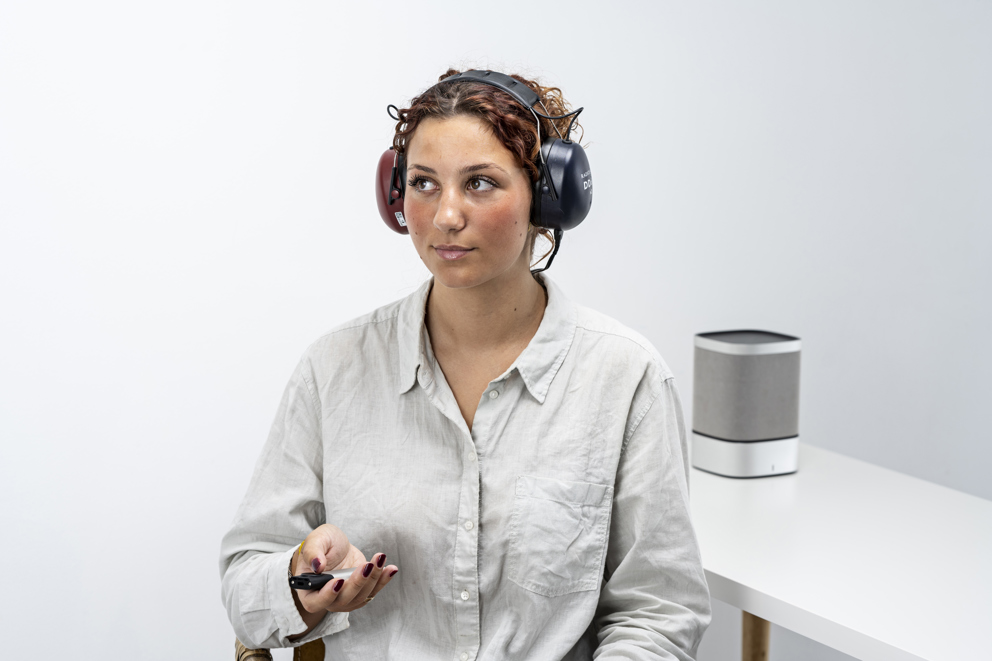
Historically, audiometric testing was primarily conducted in specialized clinics or hospitals, requiring dedicated testing rooms equipped with bulky, stationary equipment. However, advancements in technology have led to the development of portable audiometers that are compact, lightweight, and capable of delivering precise results outside of traditional clinical settings. These mobile audiometric devices range from handheld screening audiometers to fully integrated systems housed within mobile testing units or smartphone applications. Mobile hearing test units come in a variety of modalities including:
- Integrated Mobile Testing Units: For more comprehensive audiometric assessments, integrated mobile testing units offer a complete solution housed within a portable enclosure. These units are equipped with state-of-the-art audiometric equipment, soundproof booths, and comfortable testing environments, allowing for thorough evaluations of individuals' hearing function in various settings. Integrated mobile testing units are often deployed in community health campaigns, workplace screenings, or mobile healthcare clinics, bringing hearing services directly to underserved populations.
- Smartphone-Based Audiometric Applications: The integration of smartphone technology into audiometric testing has further expanded the accessibility and reach of mobile screening services. With the proliferation of smartphones worldwide, audiometric applications offer a convenient and user-friendly platform for conducting hearing tests remotely. Leveraging the device's built-in capabilities, such as the microphone and headphones, these applications deliver reliable results through calibrated algorithms, making them suitable for self-administered screenings at home or on the go.
- Portable Hearing Test units: As technology advances, companies are developing smaller and more portable audiometers, like the Measure device. These audiometers have all the same features as your traditional clinic-based audiometers but take up significantly less space in the clinic and are so lightweight they can be taken to go.
Auditdata Measure
Accurate, Assured Hearing Assessments And Fittings
With Auditdata Measure, hearing care professionals and patients can trust their results and make qualified decisions in their patients’ hearing care journeys. Stable and secure software and small, portable hardware give confidence in clinical quality so they can deliver care back to patients.
DIMENSIONS: 140 x 140 x 55 mm
WEIGHT: 415 grams
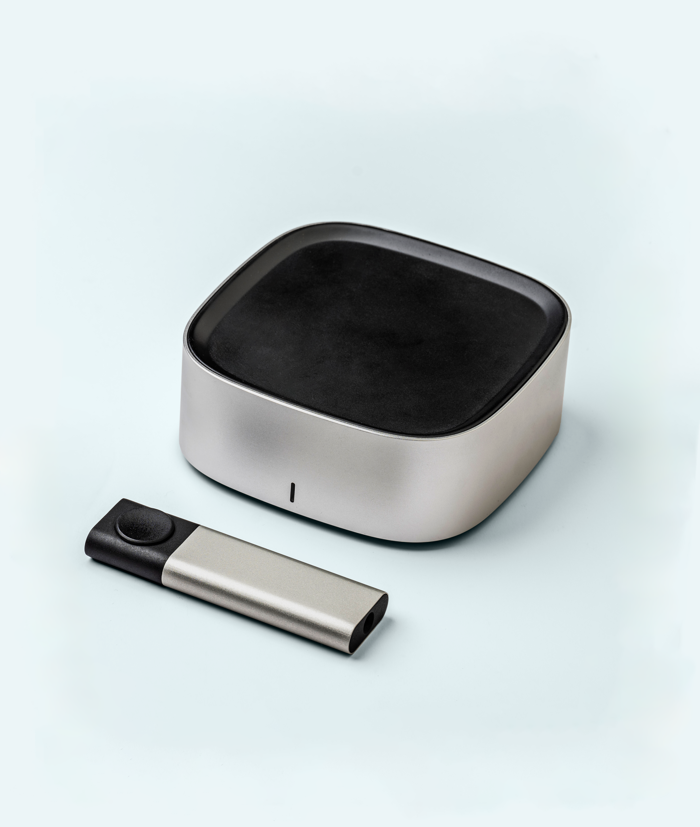
Technological Innovations in Mobile Audiometry
Automated audiometric testing systems employ advanced algorithms and machine learning techniques to streamline the testing process and enhance efficiency. These systems can administer standardized audiometric protocols automatically, reducing the need for manual intervention and minimizing variability in testing procedures.
Automated audiometers are equipped with adaptive testing algorithms that dynamically adjust stimulus intensity based on individual responses, ensuring accurate and reliable threshold measurements. Furthermore, these systems incorporate sophisticated data analytics capabilities, enabling comprehensive analysis of audiometric data and facilitating evidence-based decision-making in clinical practice.
Accessibility and Inclusivity: Reaching Diverse and Remote Populations

Mobile audiometric testing can improve accessibility to hearing healthcare services, particularly in remote or underserved areas. Recent research noted that hearing loss was more common in rural communities compared to urban ones making this access even more important.
These clinics are equipped with portable audiometric equipment and staffed by audiologists and technicians who travel to different locations, including rural communities, schools, and workplaces. By bringing hearing services directly to individuals' doorsteps, mobile clinics overcome barriers such as transportation limitations and geographical distance, ensuring that everyone has access to essential hearing assessments and interventions.
Mobile hearing testing can also be paired with tele-audiology follow-up care. Through video conferencing, audiologists and mobile testing experts can conduct virtual assessments, provide counseling, and remotely adjust hearing aids. Teleaudiology is particularly beneficial for individuals in remote areas with limited access to traditional healthcare facilities, as well as those with mobility challenges or transportation barriers.
Challenges and Limitations Mobile Hearing Experts Face
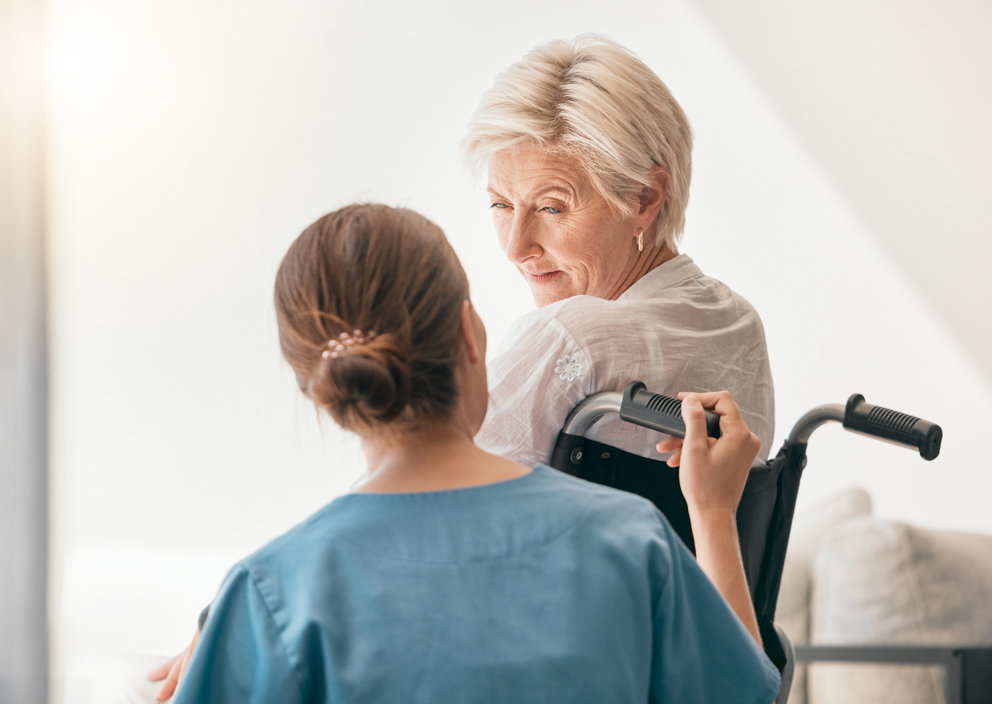
Despite its many advantages, mobile hearing testing is not without its challenges. Understanding and addressing these obstacles is crucial for optimizing the effectiveness and sustainability of mobile hearing initiatives. Additionally, by understanding the challenges related to mobile hearing testing, providers can be sure that they are following best practices and providing the best care to their patients.
Ensuring the accuracy and reliability of test results remains a priority, particularly when conducting assessments in mobile or non-clinical settings where environmental factors can vary significantly. Mobile testing environments may be prone to ambient noise from nearby traffic, construction activities, or other sources, which can interfere with audiometric testing. Even relatively low levels of background noise can mask or distort pure-tone signals, leading to inaccurate threshold measurements. Unlike traditional clinic-based settings equipped with soundproof booths, mobile testing units may lack adequate sound insulation, making it challenging to create a quiet and controlled testing environment. Poor soundproofing can compromise the accuracy of audiometric assessments by allowing external noise to infiltrate the testing space and affect test results.
Additionally, efforts must be made to address issues of accessibility and affordability to ensure that mobile testing reaches all segments of the population, regardless of socioeconomic status or geographic location. Mobile hearing experts must navigate language barriers, cultural differences, and health literacy challenges when interacting with diverse populations. Providing culturally competent care, offering information in multiple languages, and utilizing interpreters or community health workers can help address these barriers and promote understanding and trust among individuals from different backgrounds.
Future Trends and Developments in Mobile Hearing Testing

Future trends and developments in mobile hearing testing are poised to revolutionize the way hearing assessments are conducted, making them more accessible, convenient, and accurate. Mobile hearing testing apps could leverage AI and machine learning algorithms to analyze audiograms more accurately and efficiently. Additionally, in the case of online or smartphone based hearing tests, AI and other technologies can be leveraged to incorporate calibration techniques to make test results more accurate.
With the growing popularity of telemedicine, mobile hearing testing could be integrated into tele-audiology services, allowing individuals to conduct hearing assessments remotely under the guidance of a licensed audiologist. This could improve access to hearing healthcare for people in remote areas or those with mobility limitations.
With the expanded access to hearing healthcare afforded by mobile testing, more data can be collected on individuals who may not have previous sought hearing healthcare. This data can help enable large-scale studies on hearing health trends, treatment outcomes, and the effectiveness of interventions.
Frequently Asked Questions about Mobile Hearing Services
-
Boothless audiometry refers to a method of conducting audiometric tests without the use of a traditional soundproof booth. In standard audiometric testing, a soundproof booth is often used to create an environment free from external noise, ensuring accurate measurement of the patient's hearing thresholds. Boothless audiometry is often used when conducting mobile hearing screenings or assessments. It offers several advantages, including increased flexibility, portability, and cost-effectiveness compared to traditional booth-based testing. It allows for greater accessibility to audiometric services, particularly in settings where space or resources for a soundproof booth are limited. However, careful consideration must be given to controlling ambient noise and ensuring the reliability of test results when conducting boothless audiometry. Calibration of equipment, monitoring environmental conditions, and adherence to standardized testing protocols are essential to maintain the accuracy and validity of hearing assessments conducted in boothless environments.
-
The terms "mobile hearing screening" and "mobile hearing test" are sometimes used interchangeably, but they refer to different aspects of hearing healthcare services. A mobile hearing screening typically involves a brief assessment of an individual's hearing ability conducted outside of a traditional clinical setting, often in a community or public setting. The goal of these screenings is to identify potential hearing issues and refer individuals for appropriate follow up care as needed. Mobile hearing screenings are designed to quickly identify individuals who may have hearing difficulties and require further evaluation by an audiologist or hearing healthcare professional. These screenings are usually conducted using simple, easy-to-administer tests, such as pure-tone audiometry or speech-in-noise testing.
In contrast, A mobile hearing test is a more comprehensive assessment of an individual's hearing conducted outside of a traditional clinic, often using portable audiometric equipment. Mobile hearing tests typically involve a thorough evaluation of an individual's hearing thresholds across a range of frequencies, as well as additional assessments such as speech audiometry and tympanometry. These tests are usually administered by qualified audiologists or trained technicians and may take place in settings such as schools, workplaces, nursing homes, or community centers. The primary goal of a mobile hearing test is to provide a comprehensive assessment of an individual's hearing health, including the identification of hearing loss and the recommendation of appropriate interventions or treatments for patients who may not be able to present to a traditional clinic for any number of reasons.
-
OSHA requires employers to provide no-cost audiometric testing to all employers exposed to noise at or above 85 dB, measured as an 8-hour time-weighted average (TWA). Additionally, employers must repeat testing whenever changes to production or processes are made. Baseline audiograms must be established for new employees and should be conducted after 14 hours of quiet or after 14 hours of appropriate hearing protection use. All employees must then undergo an annual audiometric assessment. Should an employee experience a change in hearing, referred to as a standard threshold shift (STS), the employee and several managerial individuals must be notified. The appointed Hearing Conservation Coordinator (HCC) must ensure the proper use of hearing protective measures.
Other Blogs You Might Enjoy:
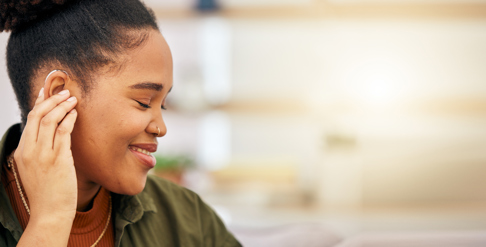
What Do Your Hearing Aid Users Need?
If someone suspects they have hearing loss, they should see an audiologist for a hearing screening to determine whether they need hearing aids. But then what happens? This blog explains how to give your patients what they need for success with their hearing aids, such as setting proper expectations, providing care and maintenance tips for the devices, offering valuable tips before they buy, and providing ongoing aftercare.
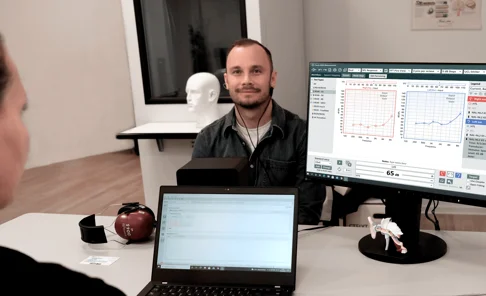
Are Real Ear Measurements Necessary?
Real Ear Measurements (REM) – also called Probe Microphone Measurements (PMM) – are considered the gold standard in hearing aid fitting and verification, allowing audiologists to determine whether a hearing aid user is receiving the precise level of amplification needed at every frequency to maximize their hearing. This blog explains how REM can improve customers’ hearing, as well as drive better business outcomes and serve as a key differentiator for hearing clinics.

Common Audiometry and Hearing Loss Myths
Hearing loss is a prevalent condition that can significantly impact an individual's quality of life, yet misconceptions surrounding audiometry tests and hearing loss persist. This article aims to debunk common myths, providing clarity on the audiometric process and the nature of hearing impairment. By dispelling these misconceptions, we can foster a more informed and understanding approach to hearing health.
Don't Miss Out On the Latest Insights On Audiology
Sign up today to receive exciting updates, tips, and the latest newsletters from Auditdata.
